Death of Hungarian cinematographer and director Sándor Sára, HSC
By Marc Salomon, AFC consulting memberBorn in Tura on 28 November 1933, a land surveyor by training (like the hero of his first feature film as director in 1969, The Upthrown Stone), he studied cinema at the Budapest Higher School of Dramatic Art and Cinematography from 1953-57, under the wind of György Illés, who, many years later, would describe Sándor Sára’s arrival at the entrance examination in the following terms : “Most of my students were excellent photographers and, over the years, we’d seen many brilliant photographs. I remember that years ago, a young man arrived from the countryside and presented us with the most fascinating series of photos. He had a magical mind. His name was Sándor Sára.”
He began by filming documentaries for MAFILM, and quickly distinguished himself as one of the best cameramen of the new Hungarian generation, alongside János Kende, János Zsombolyai, Elemér Ragályi, János Tóth (deceased on 29 August 2019*)…
His career in feature fiction films began in 1962 with Asszony a telepen, by Imre Fehér, and then he went on to film Current, István Gaál’s first film, in 1963. They had met at school in Budapest and Sándor Sára had filmed the director’s first short film in 1957 (Pályamunkások) and a documentary entitled Oda-vissza in 1962.
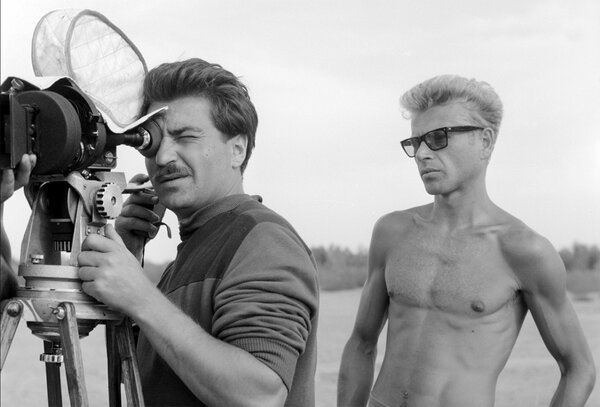
Ferenc Kósac’s Ten Thousand Days was shot between 1965 and 1967 in Agascope format (Swedish process) in black and white. In the great tradition of Hungarian cinematographers, trained at the Budapest school, foremost amongst whom is Vilmos Zsigmond, Sándor Sára stuns the viewer with his special way of uniting characters and landscapes in a truly virtuoso approach to filming, with movements, long focal lengths, and zooms. This style of directing and cinematography was perfectly described by Ferenc Kósa : “In Hungary, not only in film, but also in our private lives, we are never indifferent to the landscape : it always expresses something, especially when it becomes part of a composition.”
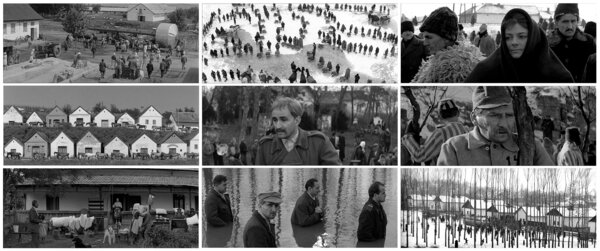
For his directorial debut, The Upthrown Stone, Sándor Sára chose a subject with an autobiographical quality : Pásztor Balász, son of a railwayman, is refused admission to the Budapest cinema school because his father was wrongly condemned for a professional error. He therefore decides to study land surveying before being sent to the countryside to help participate in the implementation of the agrarian reform. After having been faced with the peasant farmers’ resistance and the violence of the authorities, he ends up returning to the camera to bear witness. Filmed in black and white Scope by Sándor Sára himself, this film shows the same osmosis between faces and landscapes of the Hungarian countryside, within a great fluidness of form.
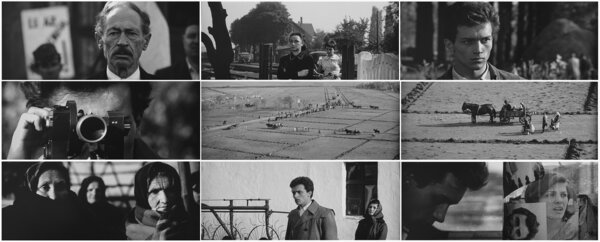
Amongst Sándor Sára’s most impressive films is 80 Hussars (1978), a historical epic set against the backdrop of the Revolution of 1848 : in Austrian-dominated Poland, a troup of Hungarian hussars decides to go home to Hungary against the orders of the military commanders.
It is also of note that Sándor Sára helped train János Kende, who would become Miklós Janscó’s cinematographer from 1968 (Silence and Cry).
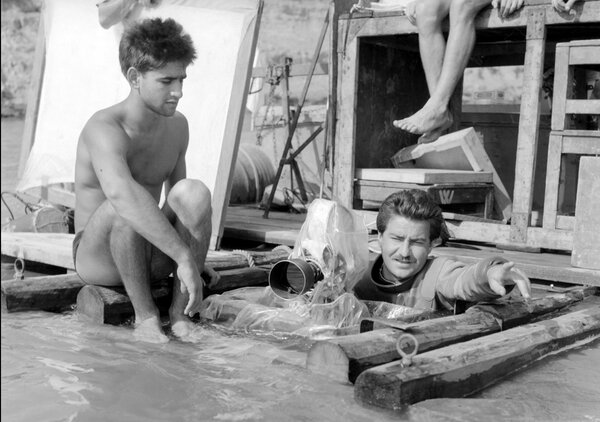
In 2018, Sándor Sára received the Kossuth Prize, the most prestigious Hungarian distinction in the fields of art and culture, awarded by the President of Hungary, János Áder.
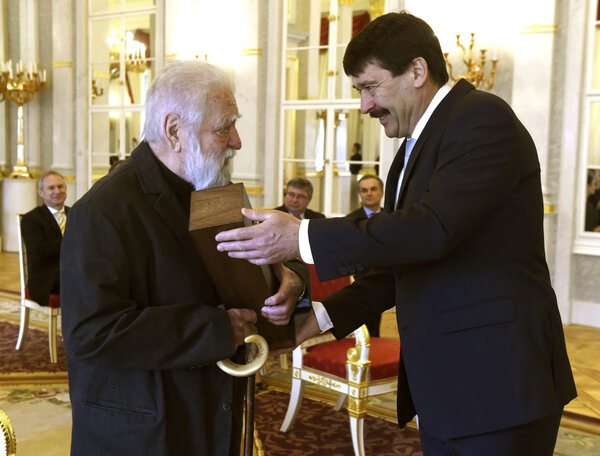
- It is of note that Current (István Gaál), Ten Thousand Days (Ferenc Kósa), Father (István Szabó), The Upthrown Stone (Sándor Sára), Sinbad (Zoltán Huszárik), and 25 Fireman Street (István Szabó) are available in DVD from Potemkine.
- Read the text of a 2014 interview with Sándor Sára, conducted and translated by Dario Marchiori and Judit Pintér, on the website of ardècheimages (in French).
(Translated from French by A. Baron-Raiffe)
 En
En Fr
Fr





